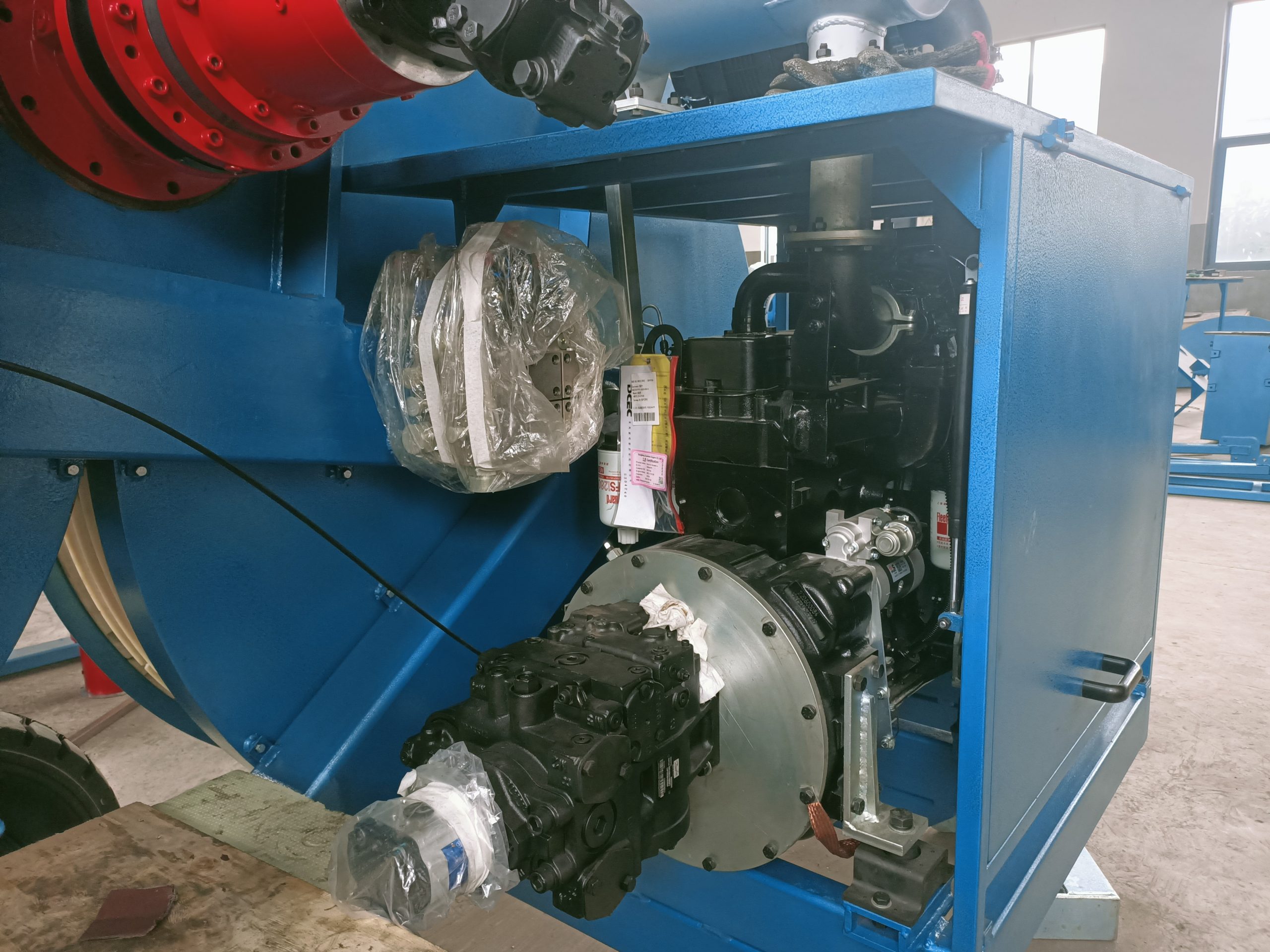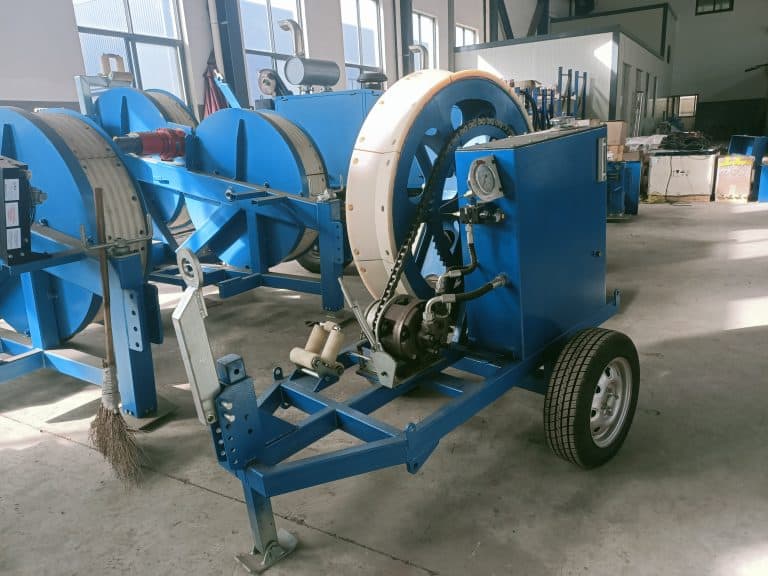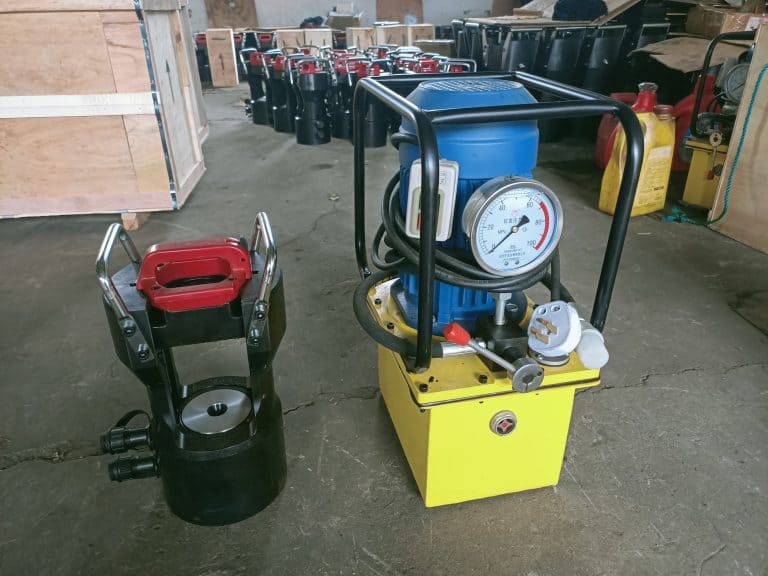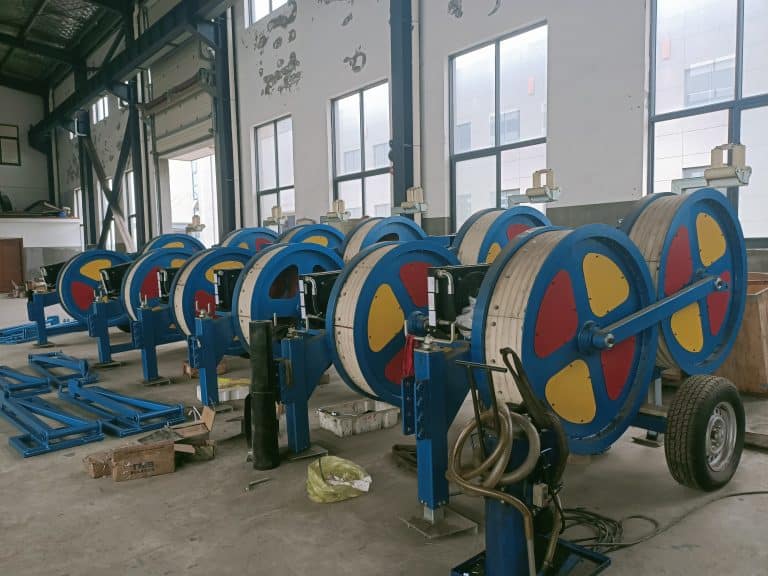Powering Connections: An Overview of Transmission Wire Pulling Equipment in the Electrical Industry
The installation and maintenance of transmission lines are crucial tasks in the electrical industry, ensuring…
The installation and maintenance of transmission lines are crucial tasks in the electrical industry, ensuring the continuous delivery of power to homes and businesses. To carry out these tasks, specialized transmission wire pulling equipment is utilized by skilled professionals. In this blog, we will explore the various types of transmission wire pulling equipment, their functions, and their role in the successful completion of power line projects.
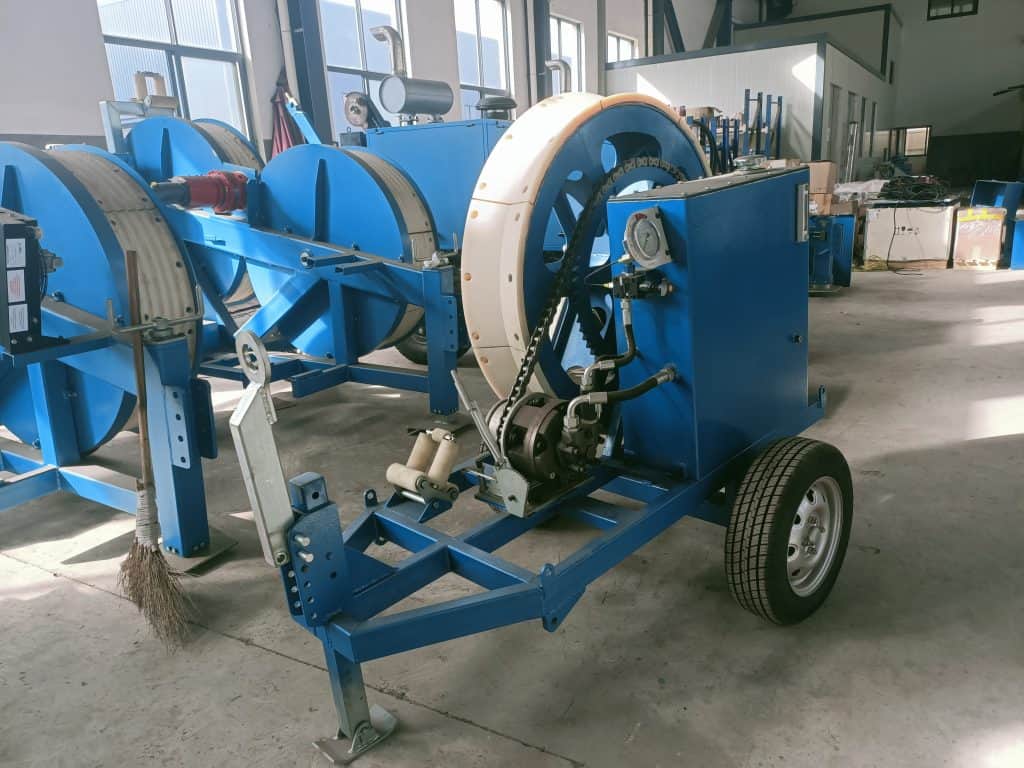
- Pullers and Tensioners
Pullers and tensioners are essential components of transmission wire pulling equipment. These devices are designed to apply and maintain the correct tension on conductors during installation, ensuring a safe and efficient process. Pullers are responsible for pulling the conductor through the transmission line, while tensioners control the tension applied to the conductor to prevent sagging or damage.
- Conductor Blocks
Conductor blocks, also known as stringing blocks or sheaves, are specialized pulleys used during the wire pulling process. These devices guide the conductor during installation, minimizing friction and protecting the conductor from damage. Conductor blocks come in various sizes and materials, with some featuring anti-twisting devices or built-in grounding options.
- Capstan Winches
Capstan winches play a vital role in the installation of transmission wires, especially in challenging terrains or tight spaces. These devices use a rotating drum to apply force to the conductor, pulling it through the transmission line. Capstan winches can be manually or hydraulically operated, depending on the requirements of the project.
- Swivels and Grips
Swivels and grips are essential accessories used in conjunction with transmission wire pulling equipment. Swivels help prevent twisting and tangling of the conductor during the pulling process, while grips ensure a secure connection between the conductor and the pulling equipment.
- Reel Stands and Trailers
Reel stands and trailers are used to support and transport conductor reels during transmission wire installation. These devices provide a stable platform for the conductor reels, enabling easy unwinding and rewinding of the conductor as it is pulled through the transmission line.
- Safety and Rigging Equipment
Safety and rigging equipment, such as dynamometers, rope, slings, and shackles, are crucial components of any transmission wire pulling operation. These devices ensure the safe and secure handling of conductors and other equipment during installation and maintenance tasks.
In conclusion, transmission wire pulling equipment plays a critical role in the successful installation and maintenance of power transmission lines. By utilizing specialized tools and devices, skilled professionals can efficiently and safely complete power line projects, ensuring the continuous delivery of electricity to our homes and businesses. As the electrical industry continues to evolve, the demand for innovative and reliable transmission wire pulling equipment will only grow, making it an essential aspect of our modern infrastructure.

